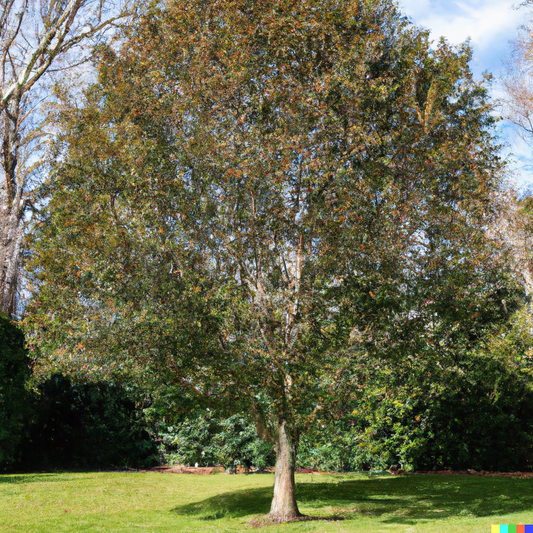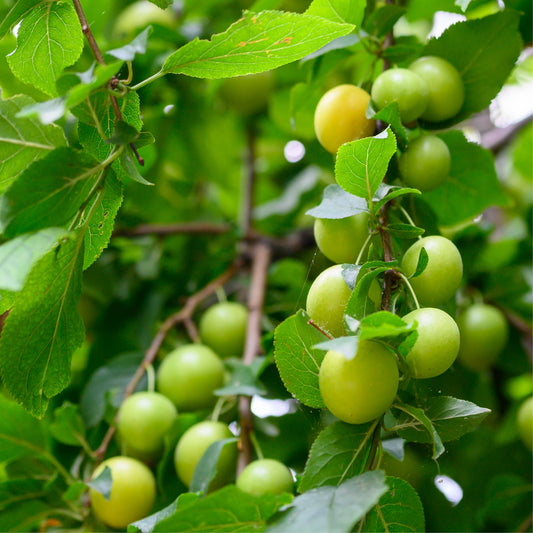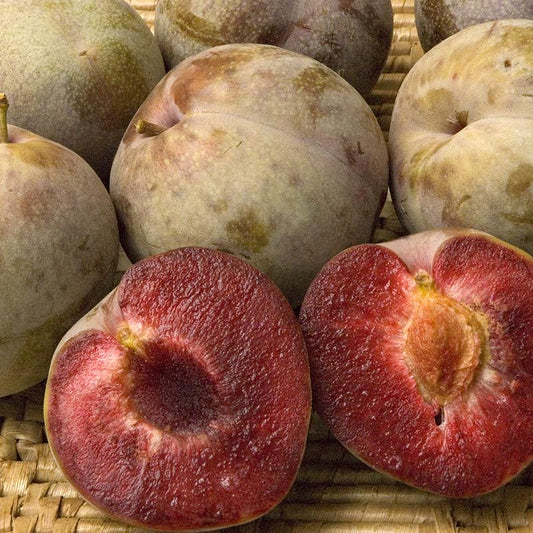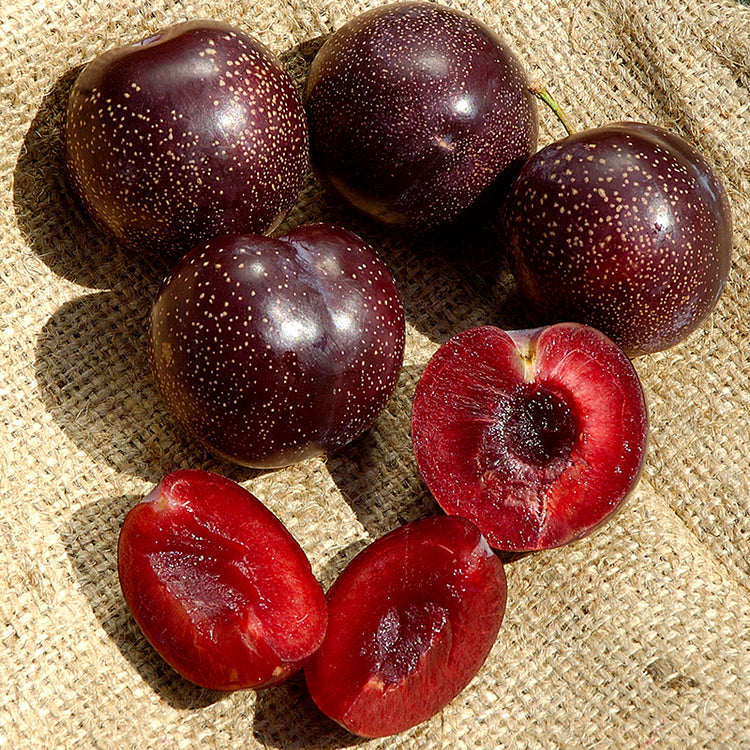
Japanese Plum Trees: A Flavorful Addition to Your Orchard
Japanese plum trees, scientifically known as Prunus salicina, are a delightful addition to any orchard or garden. These fruit-bearing trees are prized for their delicious and juicy plums, which come in various flavors and colors.
Varieties of Japanese Plum Trees
Japanese plum trees offer a diverse range of plum varieties, each with its own unique taste and characteristics. Some popular Japanese plum cultivars include:
-
Santa Rosa: This is one of the most well-known and widely grown Japanese plum varieties. The Santa Rosa plum has a sweet and tangy flavor, and its fruit is deep purple with a reddish blush.
-
Methley: Methley plums are early-ripening and are known for their sweet and juicy flesh. The fruit is typically dark red or purple and has a mild, pleasant flavor.
-
Burbank: Developed by horticulturist Luther Burbank, this plum variety is known for its large, round fruit with a red skin and amber flesh. It has a sweet and slightly tart taste.
-
Beauty: The Beauty plum tree produces medium-sized, bright red plums with a sweet and mildly tart flavor. These plums are excellent for fresh eating and can also be used for making jams and preserves.
-
Shiro: Shiro plums are yellow-skinned with sweet, pale yellow flesh. They are often used for canning and making delicious plum wine.
Cultivation and Care
Japanese plum trees are relatively easy to cultivate, and they can thrive in various climates with proper care. Here are some essential tips for growing and maintaining these trees:
-
Sunlight: Japanese plum trees require full sun to produce abundant, high-quality fruit. Ensure they receive at least 6-8 hours of direct sunlight daily.
-
Soil: These trees prefer well-draining, fertile soil. Loamy soil with a slightly acidic pH level is ideal. Ensure good drainage to prevent root rot.
-
Watering: Young trees need regular watering, especially during dry spells. Once established, they are moderately drought-tolerant, but consistent moisture is crucial during the fruiting season.
-
Pruning: Prune your Japanese plum trees during the dormant season to remove dead or diseased branches and to shape the tree for optimal fruit production.
-
Fertilization: Apply a balanced fertilizer in the spring before new growth begins. Avoid excessive nitrogen as it can promote excessive vegetative growth at the expense of fruit production.
Benefits of Growing Japanese Plum Trees
Incorporating Japanese plum trees into your orchard or garden offers a multitude of benefits:
-
Delicious Fruit: Japanese plums are renowned for their exceptional taste and can be eaten fresh, used in cooking, or made into jams, jellies, and desserts.
-
Ornamental Value: Beyond their fruit-bearing qualities, Japanese plum trees are adorned with beautiful blossoms in the spring, adding aesthetic value to your landscape.
-
Health Benefits: Plums are a rich source of vitamins, antioxidants, and dietary fiber, promoting overall health and aiding in digestion.
-
Attracts Pollinators: The fragrant blossoms of Japanese plum trees attract bees and other pollinators, benefiting nearby plants in your garden.
-
Variety: With numerous cultivars available, you can choose the plum tree that best suits your taste preferences and climate conditions.
Japanese plum trees are a delightful addition to any garden or orchard. Their diverse range of flavors and ease of cultivation make them an excellent choice for both novice and experienced growers. Whether you want to enjoy the sweet fruits fresh off the tree or use them in various culinary creations, Japanese plum trees are sure to bring joy and flavor to your outdoor space.
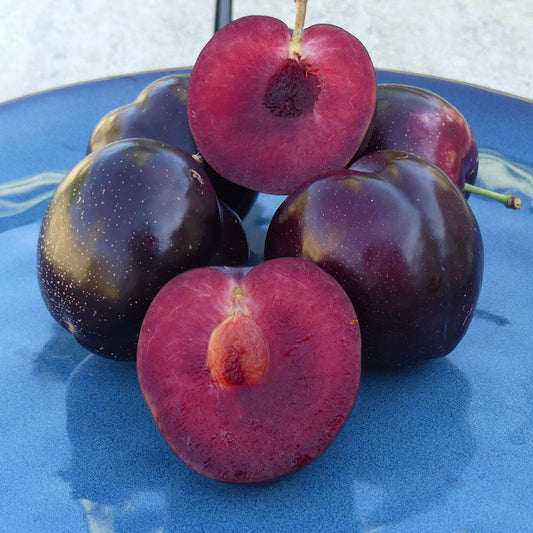 Sold out
Sold out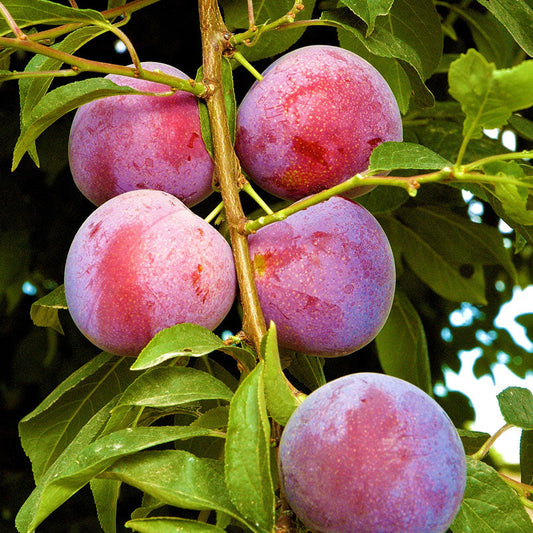 Sold out
Sold out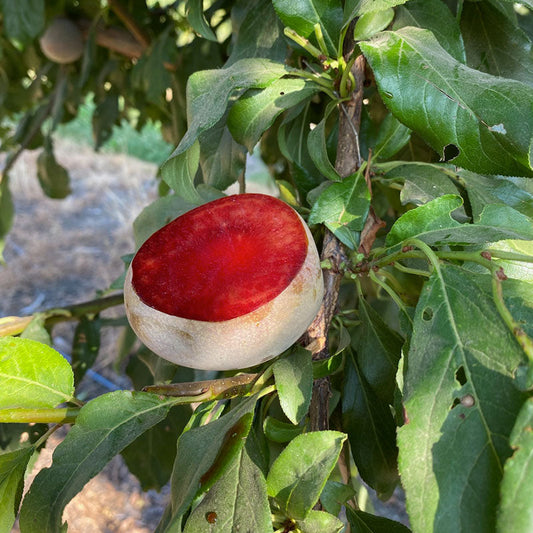 Sold out
Sold out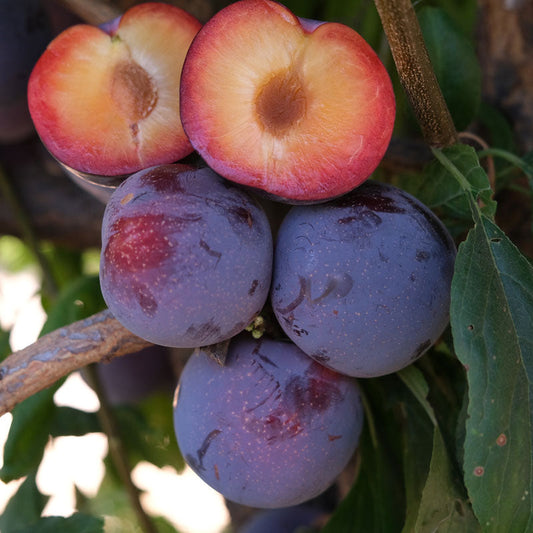 Sold out
Sold out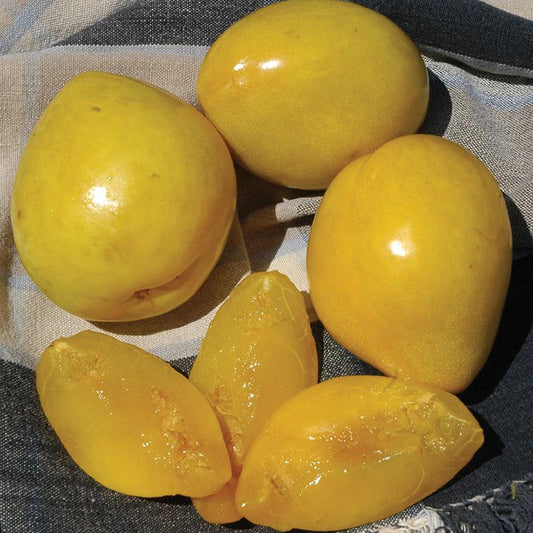 Sold out
Sold out

